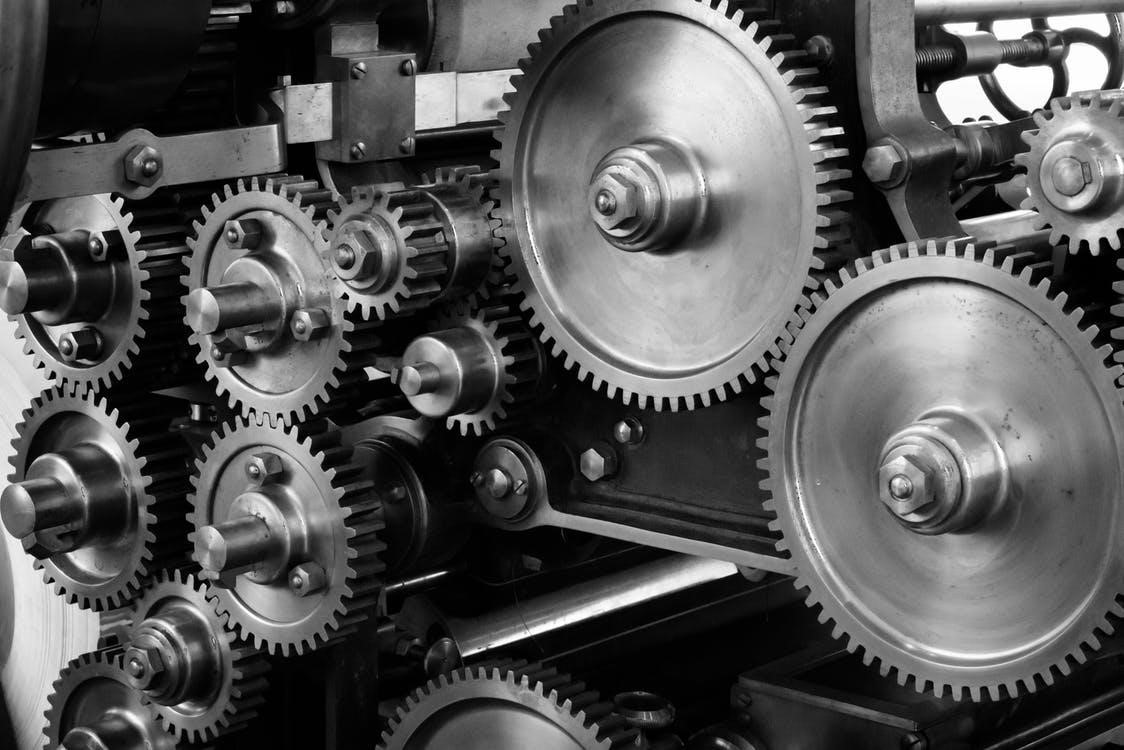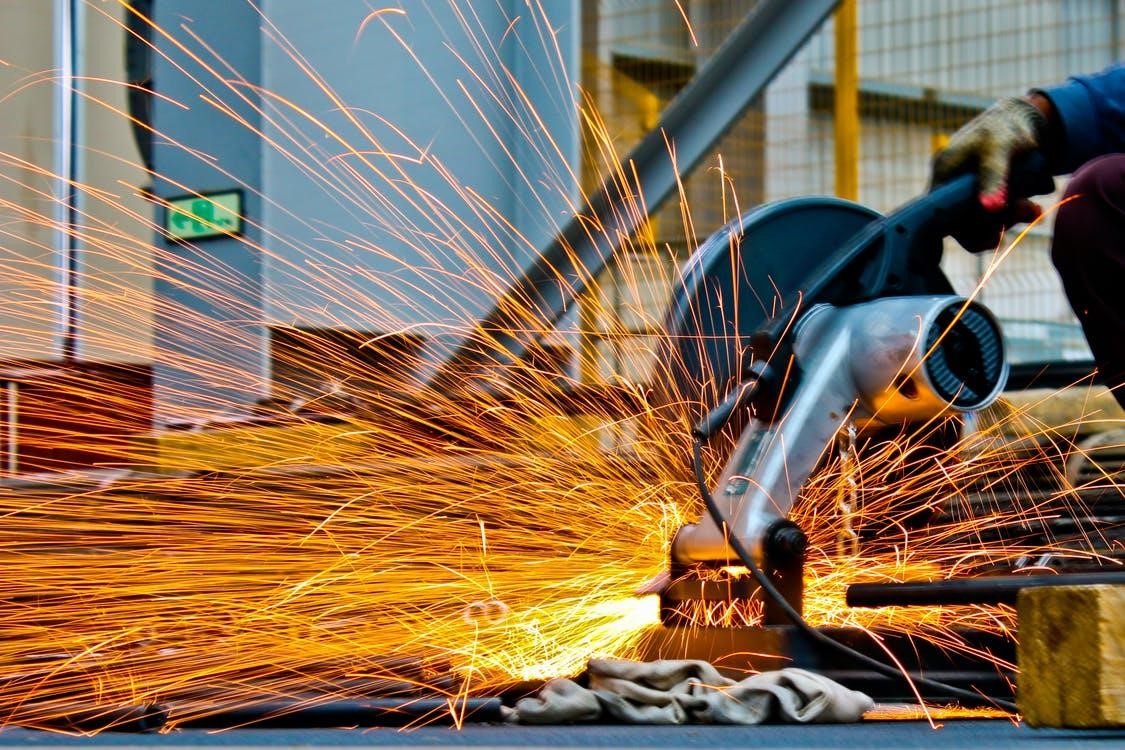Centuries ago, laborers handling the machines were responsible for creating every piece under their supervision, and that too with perfection. The skills that they possessed were amazing and received praise at every level. But when the amount of the pieces they created increased in number and required more precision and accuracy, this is where computerized machines and computerized processes came in handy, particularly CNC milling.
CNC means ‘computer numerical control,’ and it is a machining process that is a part of daily life and is part of many industries. It was able to dominate the machining industry years ago and created ease through technology and machines. In addition to this, it has shown noticeable market growth with profits skyrocketing.
Therefore, understanding CNC milling and why it is used needs to be highlighted and explained to know the difference it was able to make in the world.
What is CNC Milling?

Computer numerical control milling is a machining process that uses multi-point rotating cutting tools that move the material from the workpiece, producing a custom-designed product. In simple words, it is a mechanical machining process that involves drilling, turning that tends to remove the workpiece through automated means mimicking the actions of a machine’s cutting tools.
CNC milling is a process that is suitable for different types of materials like metal, plastic, glass, and wood. CNC milling machines can do a lot and can cut with precision and accuracy and work on flat surfaces, slots, gears, grooves, racks, and other such products. CNC milling provides top-grade cost-effective milled parts for different industries like automobiles, machinery used in the food industry, home appliances, medical equipment.
There are some basic production stages of a CNC machining process that include designing a CAD model, converting the model into a CNC program, leading to the setting up of CNC milling machines, and executing the operation.
CNC Milling Advantages and Disadvantages
Advantages
- Precision: As CNC milling uses computer software, the design of the product just needs to be programmed into the software, and afterward, it is replicated by the machine perfectly without any problems or flaws. Not just this, but it can be replicated for a large order quantity as well with accuracy.
- Requirement of low skill: CNC milling is done through machines, and the machine operators require very little training and skills to work, unlike the manual operation of machines, which requires a good amount of knowledge and training to operate the machines.
- Few people are employed: As mentioned above, it is all done through computer software, which is also the machinery’s controller. So the number of people that need to be employed is very few. It also means that the labor cost decreases, but its quality remains as it is. Moreover, the need for technicians required for oversight and operation of machines also significantly reduces.
- Flexibility: Flexibility is considered an advantage because the software can be reprogrammed with ease and can change the production of the object according to the requirement. Due to this, it is easy to keep up with the changing customer demands.
- It can be used continuously: This is also a very notable advantage of CNC milling, because of the machinery used, it is possible to work continuously without any break, unlike manual labor, which requires a break after some time and can work for only limited hours, significantly increasing efficiency and productivity.
- Increases capability: The technology actively uses computer precision going beyond the limits of manual abilities. Therefore, complex and more precise operations and actions are possible through CNC milling. Additionally, promoting mass production reduces the time required for the output.
- Enables complexity in design: The computer software allows the user to enable complex designs and tasks with particular specifications fulfilled according to requirements.
Disadvantages
- Loss of skill: The demand and the need to operate all the manual machinery is decreasing, and the demand of people who can operate the software centered machine is increasing, meaning that there is a chance there will be an increase in the number learning to operate this machinery and not the manual one. So there will be a loss of the long-used skill in the future.
- Increase in unemployment: Automation is decreasing the need for human resources, and only a few people are required to handle these machines. Because of this, very few people are now hired. This means that the people in this industry will soon lose their jobs, and a lot of the population will quickly become unemployed and have problems making ends meet.
- Increased expenditure: The machines used for CNC milling are very expensive and increase the expenditure compared to the manually operated machines, which cost way less. With the increase in the use of these machines, the prices only seem to be rising until there is an alternative or the technology is sold cheaper by the manufacturers themselves.
- Designing takes time: While designing and programming are making our lives easier, it is also a disadvantage. Designing and programming do not happen suddenly, they happen to take a lot of time to be completed, require different resources to be done, and require a particular time.
Final Thoughts
Analyzing the advantages and disadvantages of CNC milling, it can be deduced that the advantages outweigh the disadvantages. Still, with the passage of time and the advent of new technology and ways, it is essential to expect shifts and changes which might benefit some and harm others by bringing on new challenges.
Just like that, there is a change in the manufacturing industry where new technology has been able to introduce new ways of doing things, saving time and money simultaneously. A lot of companies have adopted this technology. They have been able to significantly increase their productivity, earning a good amount of money through the timely and accurate production of the objects.

